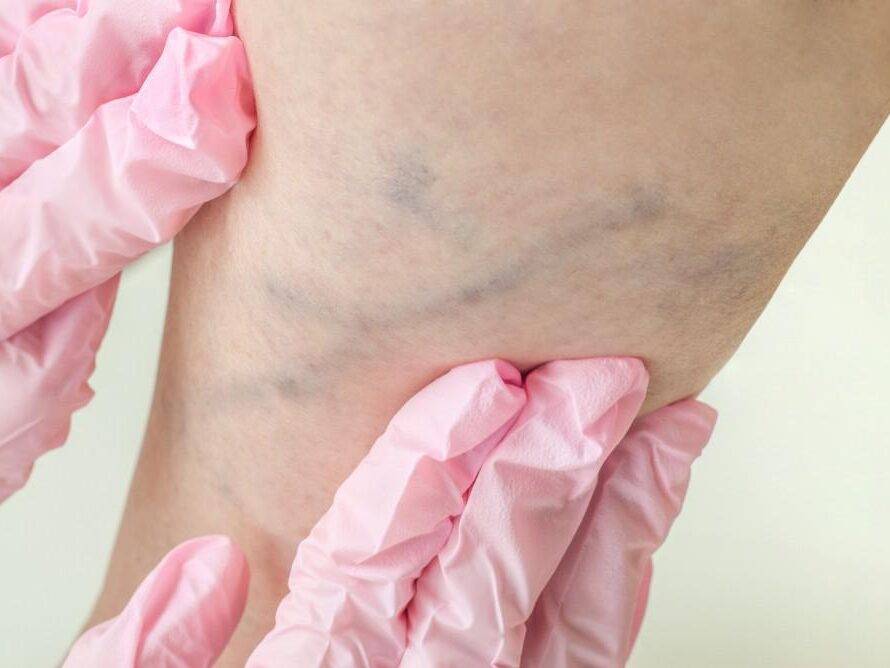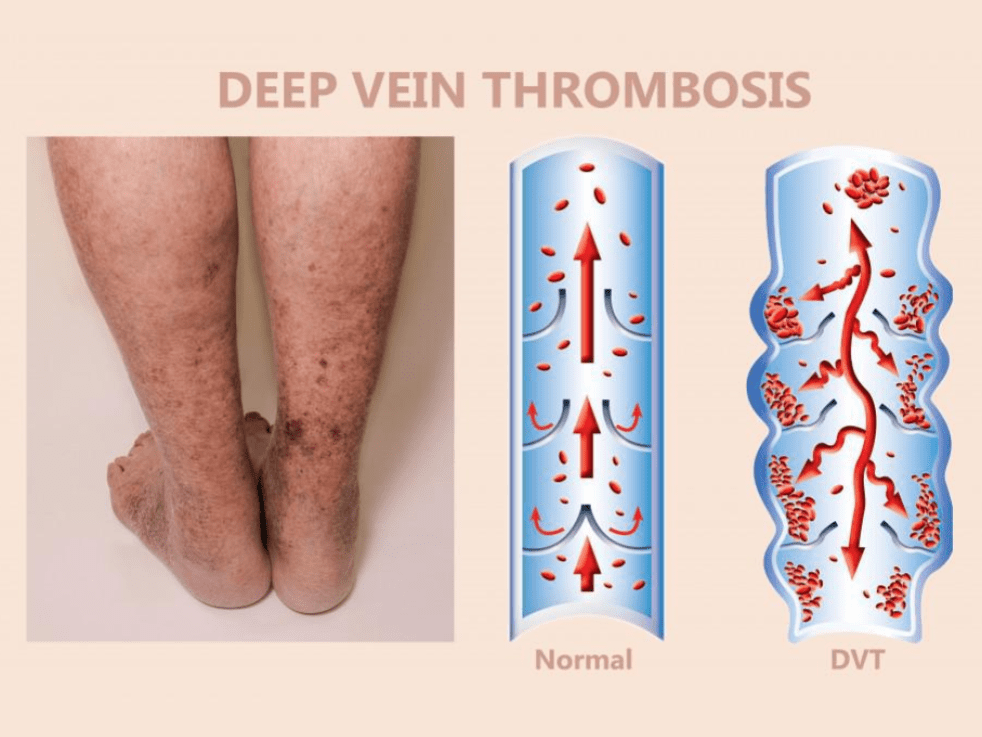Ankle Conditions

Ankle Conditions
Your ankles play a crucial role in supporting your body’s weight and facilitating movement, making it essential to address any issues promptly. Our skilled medical professionals specialize in diagnosing and treating a wide range of ankle conditions, from common injuries to more complex disorders. Whether you’re experiencing pain, instability, or discomfort in your ankles, our dedicated team at StrideCare is proud to offer a wide range of surgical and non-surgical treatments for various types of ankle conditions.
Which Ankle Conditions Can Be Treated at StrideCare?

Achilles Tendonitis
- Mild to severe aching
- Swelling or tenderness
- Pain near the back of your heel
- Stiffness and discomfort after periods of inactivity
- Difficulty bearing weight on the affected leg

Ankle Instability
During an ankle sprain, the ligaments can be stretched or torn. If the injury doesn’t heal properly or was not rehabilitated completely, it can lead to a condition called chronic ankle instability.
About 20 percent of acute ankle sprain patients develop this condition. Participating in activities that involve the ankle—such as ballet, gymnastics, basketball, or football—can lead to chronic ankle instability. Additionally, those who suffer from repeated ankle sprains are at an increased risk.
- The ankle repeatedly turning, especially while playing sports
- Persistent discomfort and swelling
- Tenderness or pain on the outside of the ankle
- The ankle feeling wobbly or unstable

Ankle Fracture
- Throbbing pain
- Swelling
- Bruising
- Tenderness to the touch
- Deformity if the fracture is dislocated
- Difficulty bearing weight on the ankle

Ankle Replacement

Shin Splints
- Running on uneven or hard surfaces
- Flat feet or high arches
- Weak ankles, hips, or core muscles
- Shoes that don’t provide proper support
- Suddenly increasing the intensity, frequency, or duration of your exercise

Sprained Ankle
- Bruising
- Mild-to-severe pain
- Instability
- Swelling
- Limited mobility of the ankle

Tendonitis
FIND A
CONVENIENT LOCATION

StrideCare Leverages athenaOne to Enhance Financial and Operational Results, Improve Clinical Workflows
2 Min Read CASE STUDY: Transitioning all practices onto one united system gives StrideCare invaluable access to data

When are Varicose Veins More than Just a Cosmetic Concern?
2 Min Read Learn about varicose veins, prevention tips, and treatment options from StrideCare’s vein specialists in Texas.

Puffy Legs are One of the First Signs of Deep Vein Thrombosis
3 Min Read Learn the symptoms of deep vein thrombosis (DVT) and seek immediate evaluation at StrideCare for expert care and treatment.



